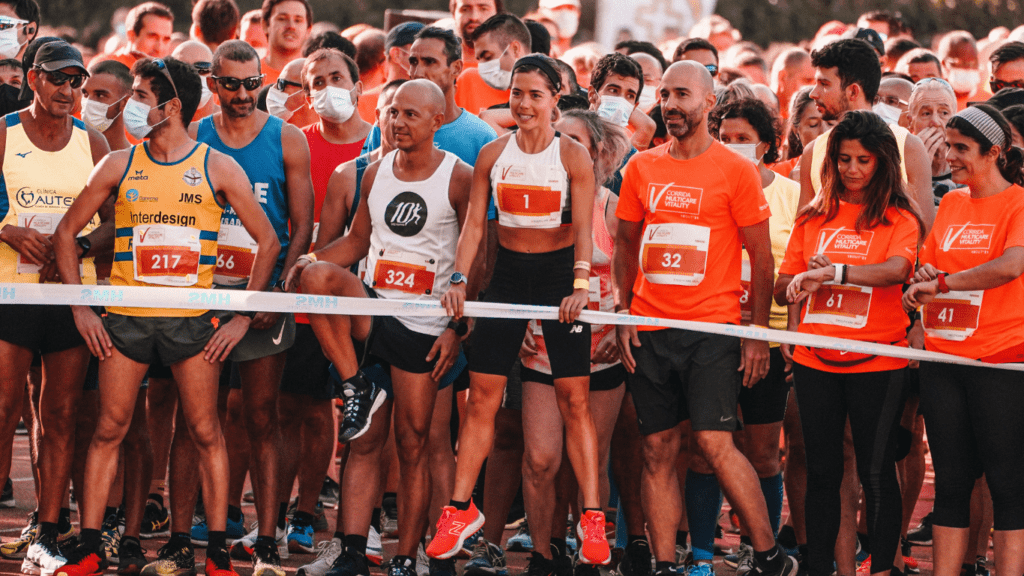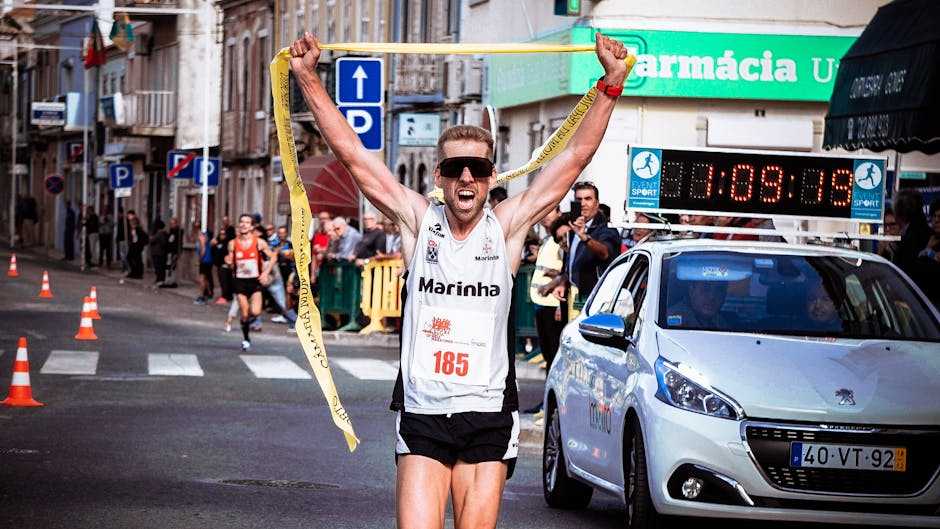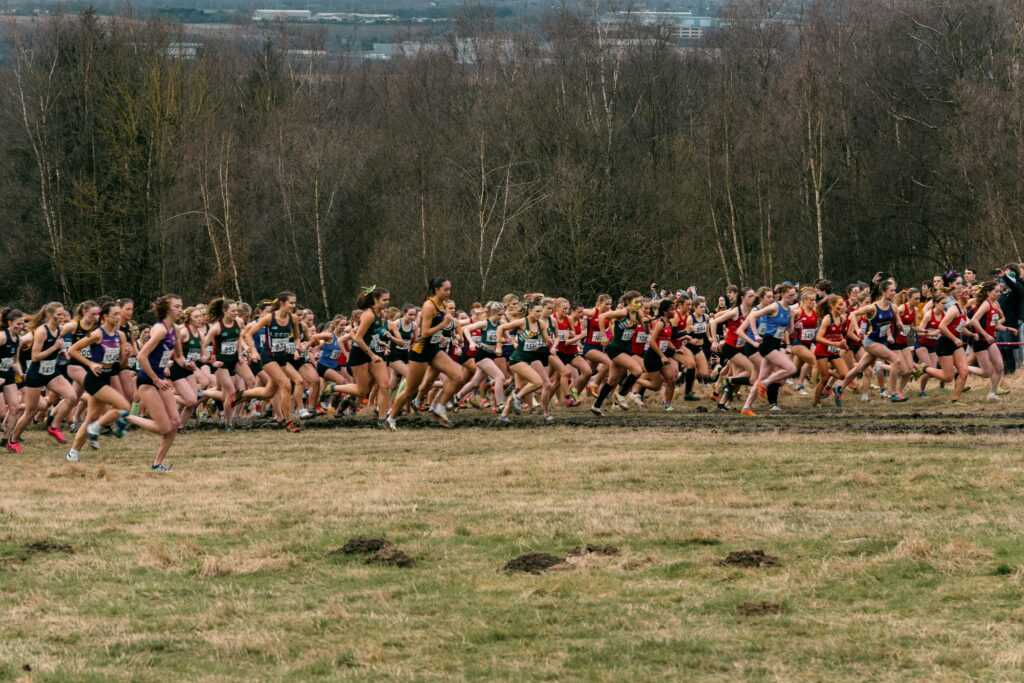The Impact of Charity Runs on Community and Nonprofits
Charity runs unite communities, driving both social awareness and essential funding. Their dual impact resonates widely, benefiting both the participants and the organizations they support.
Boosting Awareness for Causes
Charity runs effectively raise awareness for diverse causes. When local media covers these events, and participants share their experiences on social media platforms, broader public visibility follows.
For example, events like the Susan G. Komen Race for the Cure dramatically spotlight breast cancer awareness.
By wearing themed attire or bearing branded race numbers, participants also create moving, personal tributes to those affected by the issues at hand.
Financial Contributions to Nonprofits
Funds raised through charity runs provide invaluable financial support to nonprofits. Registration fees, sponsorships, and participant fundraising efforts collectively generate substantial donations.
For instance, in 2021, St. Jude Children’s Research Hospital raised over $100 million from its annual marathon.
These funds enable nonprofits to enhance such:
- services
- conduct research
- extend their outreach programs
thereby amplifying their positive community impact.
The synergy between community engagement and nonprofit support underscores the significant role charity runs play in fostering societal well-being and advancing various humanitarian causes.
How to Participate in Charity Runs
Participating in charity runs can be a fulfilling way to contribute to meaningful causes. Here’s a guide on finding the right event and preparing for the run.
Finding the Right Event
Researching available charity runs in your area is the first step. Use online platforms like Eventbrite and local community boards to find upcoming events. Check the cause each event supports.
For example, the Susan G. Komen Race focuses on breast cancer awareness. Ensure the event aligns with causes you’re passionate about.
Consider the event’s distance and difficulty.
Beginners may prefer 5K runs, while experienced runners might choose marathons. Look for events that match your fitness level to enjoy the experience and avoid injury.
Preparing for the Run
Training is essential for any charity run. Start a training regimen at least eight weeks before the event. Use a mix of running, strength training, and rest days.
Following structured plans from resources like Runner’s World can help you build endurance safely.
Equip yourself with the right gear. Wear comfortable running shoes and breathable outfits. Hydrate and maintain a balanced diet throughout your training period.
Nutrition impacts performance and recovery. On race day, arrive early to warm up and check in.
Participating in charity runs combines physical activity with philanthropic efforts, making your steps count toward a greater cause.
Highlighted Events: Examples of Successful Charity Runs

Charity runs leave a significant mark by uniting people for important causes. Below are some prime examples.
The Color Run for Cancer Research
The Color Run, widely known as “the happiest 5K on the planet,” is a vibrant event supporting cancer research.
Participants start the race in white outfits and get doused in colorful powders at every kilometer. Organized in over 50 countries, the event partners with several cancer research organizations.
For example, in 2022, The Color Run in Los Angeles collaborated with the American Cancer Society, raising over $1 million. This 5K combines fun with purpose, drawing attention to cancer awareness and funding.
Marathon Fundraisers for Disaster Relief
Marathon fundraisers play a crucial role in disaster relief, delivering swift support when needed. The Boston Marathon, for instance, raised substantial funds following the 2013 bombing incident.
Runners collected $38 million for medical expenses and recovery efforts. Similarly, the New York City Marathon frequently collaborates with organizations like the American Red Cross to support hurricane relief.
Every year, thousands of participants pledge specific amounts, contributing millions in aid. These events prove that marathon fundraisers significantly boost disaster response and recovery efforts.
Organizing a Charity Run
To organize a charity run effectively, it’s essential to follow a systematic process and implement strategic marketing.
Steps to Plan Your Event
- Define the Cause: Specify the charity beneficiary. Ensure the cause aligns with community interests.
- Set Goals: Establish clear financial targets and participant numbers. This helps measure success.
- Choose a Date and Location: Select a suitable date and venue after considering weather conditions and local events.
- Obtain Permits: Secure necessary permits from local authorities. This avoids legal issues and ensures safety.
- Assemble a Team: Gather volunteers for planning and on-the-day tasks. Roles include logistics, registration, and first aid.
- Design the Route: Choose a safe, accessible route. Maps help participants and officials.
- Budget Planning: Track all expenses, including permits, marketing, and amenities. Maintaining a budget ensures financial control.
- Secure Sponsorships: Approach local businesses for sponsorship. Offer them publicity in return.
- Social Media Campaigns: Utilize platforms like Facebook, Instagram, and Twitter. Post regular updates, stories, and participant testimonials.
- Email Marketing: Send newsletters to your community. Highlight key details and encourage sign-ups.
- Press Releases: Send press updates to local newspapers and radio stations. Media coverage increases event visibility.
- Partnerships: Collaborate with local businesses and influencers. Their reach can drive more participants.
- Flyers and Posters: Distribute materials in high-traffic areas. Design eye-catching visuals to attract attention.
- Event Website: Create a dedicated event site. Include registration details, route maps, and fundraising information.
- Community Engagement: Host pre-event activities like training runs or informational sessions. Engaging the community builds momentum and support.
Organizing a charity run involves detailed planning and robust marketing to ensure the event’s success and maximize its impact on the cause.



